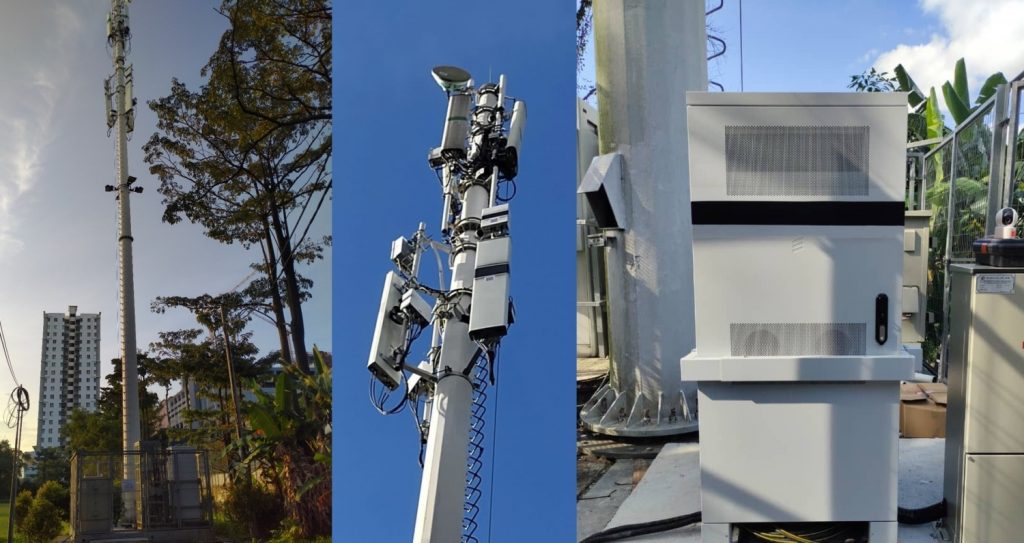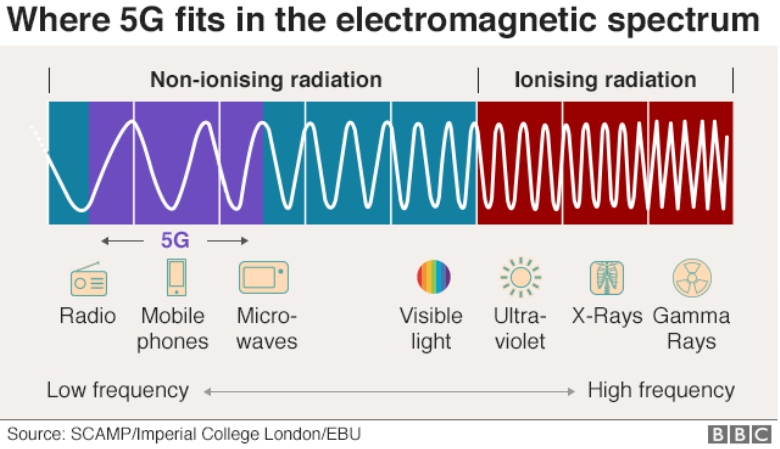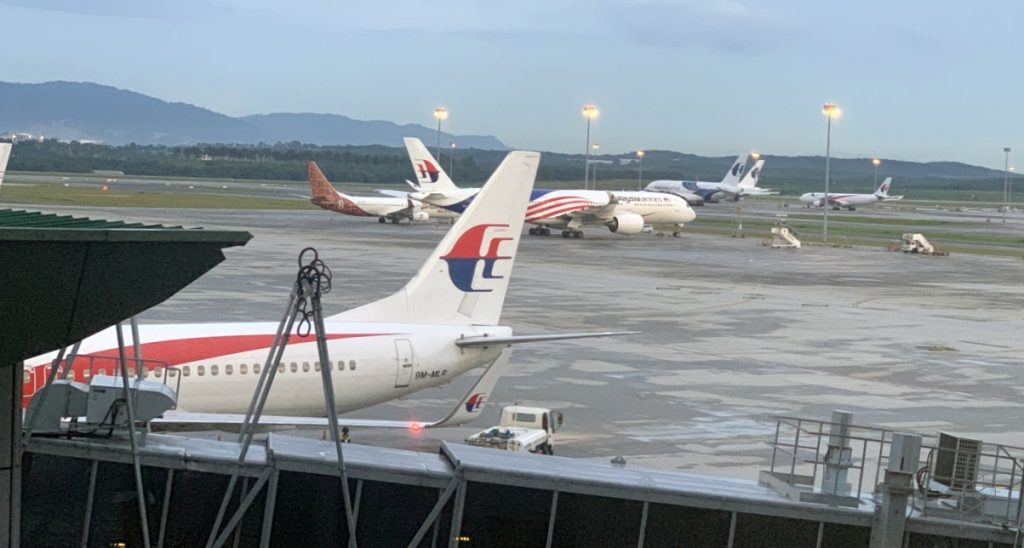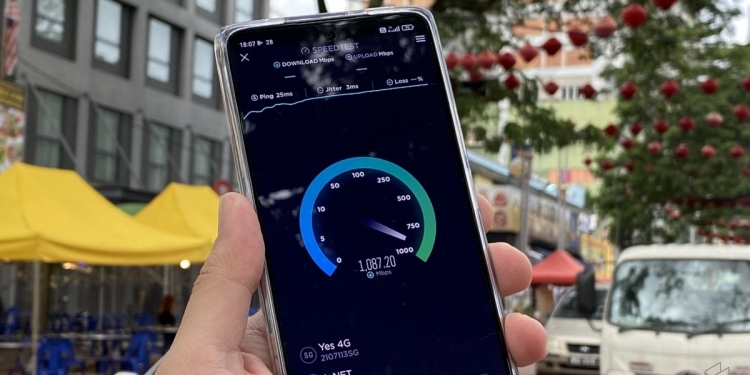This is a sponsored post.
5G is the next-generation telecommunications technology and it is being rolled out worldwide including in Malaysia. While most people are looking forward to blazing-fast speeds and low latency, there are some who are concerned about the safety aspect of the technology.
You’ve probably heard or seen forwarded messages about 5G causing various health and safety issues. If you’re wondering if such allegations are true, here’s what you need to know.
Can 5G spread COVID-19?

In short, the answer is no. Speculation on whether or not 5G causes Covid is completely unfounded.
The rumour has been debunked as fake news repeatedly by the industry. The medical doctor responsible for making this claim, one Thomas Cowan, initially claimed that 5G networks caused the coronavirus, going so far as to suggest that Wuhan, being the first city to be blanketed with 5G, suffered the first Covid outbreak as a result.
Cowan no longer practices medicine after surrendering his license to California’s medical board.
Can radiation from 5G towers cause health problems?
Telcos and providers are constantly erecting towers in populated areas to ensure quality coverage. However, you’ve probably heard about residents protesting when there’s a new tower being constructed in the area. Some alleged that mobile towers would endanger the health of local residents, animals as well as drinking water.
There has been a lot of research conducted on EMF to determine whether mobile phones and base stations pose a potential health risk including in Malaysia. University of Malaysia Perlis has recently conducted research on the effects of short-term 5G (700MHz, 3.5GHz and 28GHz) base station signal exposure on Cognitive Performance, Well Being, Physiological Parameters and Electroencephalography (EEG) of the Malaysian Adults in 2021. According to the findings, there were no significant effects of short-term radiation exposure emitted from the 5G base station antennas.

The Malaysian Communications and Multimedia Commission (MCMC), the government agency that regulates the use of mobile spectrum, has assured that there’s no need to worry about 5G causing health issues. Professor Dr. Tharek Abd Rahman, said there’s no conclusive evidence to prove that 5G technology is harmful.
He added that studies have shown that exposure to Radio Frequency Electromagnetic Field (RF-EMF) is within the recommended limits under the guidelines of the International Commission on Non-Ionising Radiation Protection (ICNIRP). The EMF emitted by telco towers is grouped under the category of non-ionising radiation and the quantum waves are not enough to cause any changes to a molecular structure compared to ionising radiation. At most, the only effect is heat when you’re in very close proximity and it isn’t enough to cause long-term damage to human tissues.
Dr Tharek also said the assumption that headaches, depression, anxiety and fatigue are caused by exposure to low-level EMF are inaccurate and there’s no scientific evidence to support such claims. Even the World Health Organisation (WHO) has stated there are no adverse health effects being causally linked with exposure to wireless technologies. With the higher frequency, there is less penetration into the body tissues and absorption of the energy becomes more confined to the surface of the body. It added that the overall exposure remains below international guidelines and no consequences for public health are anticipated.
Can 5G cause interference with airplanes?

There were also reports that 5G may pose a safety risk to aviation in the United States (US), particularly to aircraft radio altimeters. The system is used to measure a plane’s altitude above the terrain, and it is feared that interference may result in incorrect radar altitude. As a result, 5G carriers had to postpone their 5G rollout using C-band frequency until all concerns were addressed accordingly.
An aircraft radio altimeter relies on the 4.2 – 4.4GHz spectrum range to function. Here in Malaysia, the C-band for 5G falls between the 3.4 – 3.6GHz frequency range, providing a broader guard band. According to MCMC, this frequency range is also used in Europe and Singapore, where no aviation concerns have been raised thus far. The US, on the other hand, uses a higher frequency band of 3.7 to 3.98GHz.








